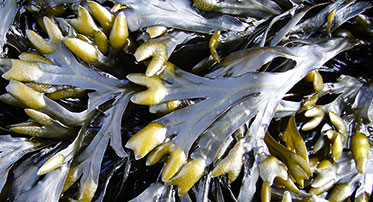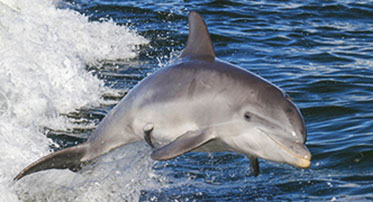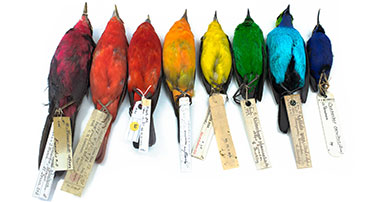
At a glance
Transcribing unique historical documents from the Museum’s Library and Archives collections
Type of activity: Online
Who can take part? Everyone
When? Any time
How long will it take? 5-20 minutes per entry
No collections currently open for transcribing
There are no collections currently available to transcribe on DUNA, but we hope to make new collections available in the near future.
Help us to release the valuable data locked in the handwritten documents, illustrations and artwork collections of the Museum's Library and Archives.
Why we are doing the project
The Museum's Library and Archives is the national resource for natural historians, researchers, artists and academics.
A rich reservoir of scientific, historical and social research data is locked in the handwritten documents, illustrations and artwork collections. Through our Digitally Unlocking Nature’s Archive (DUNA) project, we are harnessing the power of the crowd to unleash this data via tools such as transcription and tagging. This will make it digitally discoverable, accessible and open to all for the first time.
We will be continually adding more collections for transcription and tagging as the project develops.
How to take part
1. Visit Digitally Unlocking Nature’s Archive on the Zooniverse.org website
2. (Optional) Register as a member of Zooniverse to track your efforts
3. Follow the instructions to transcribe the pages
Project team
- Andrea Hart, Head of the Special Collections and Archives Division
- Ceri Humphries, Digital Special Collections Librarian
- Lisa Cardy, Head of Researcher Services and Digital Delivery
- Ben Nathan, Digitisation Technician
Contact the team at: DUNA@nhm.ac.uk



